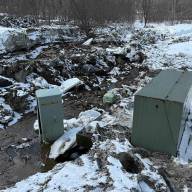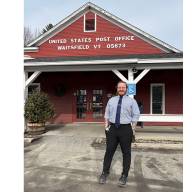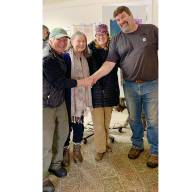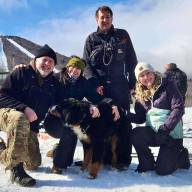Extreme weather events are accelerating across the country and throughout the world. This week’s devastating flooding in Yellowstone National Park may keep the park closed for the rest of the summer if not longer. The flooding was so bad it has permanently changed the landscape and topography of riparian areas.
A severe supercell thunderstorm tore through Chicago on Monday night, toppling planes at Schaumburg Regional Airport and gusting 84 mph at O’Hare International Airport where passengers were urged to move away from windows into the safety of interior places.
And those are just two events that occurred on Monday of this week. Climate change is here and while it might be easier to throw up our hands in despair, it would be wiser to take a closer look at our own lives and lifestyles to see what we can do as individuals, as community members and as citizens of the world to mitigate the impacts we’re having on the climate.
There’s been great work done here locally to that end. Friends of the Mad River engaged in Ridge to River in 2015 which was a comprehensive effort to reduce the impacts of flooding by looking at headwaters, feeder streams and working to slow the flow of stormwater as it flows downhill. It was more than that, though. It involved working with local road crews on erosion and culverts as well working with individual landowners on how to achieve those same goals.
Local conservation commissions are working to help people create yards that are wilder and home to more species, helping to advance the work of E.O. Wilson’s Half Earth Project, the premise of which is that we need to conserve at least half of the earth to protect the planet’s biodiversity and ecosystems. Locally that means everyone doing what they can with their own yard.
This summer the Mad River Valley Planning District is partnering with Friends of the Mad River on several climate chats to educate people on how climate change is impacting Vermont but also on how people can set realistic goals for mitigating their own impacts on the climate.
These efforts demonstrate the importance of people starting at the micro level in changing yards, lifestyles and thinking which collectively will create change at the macro level.












